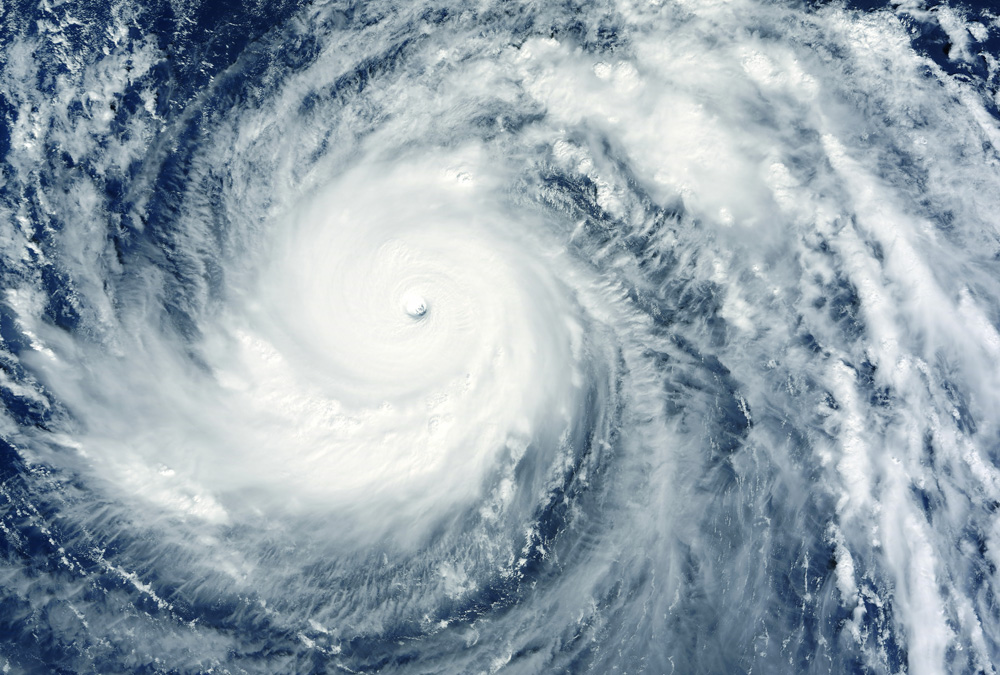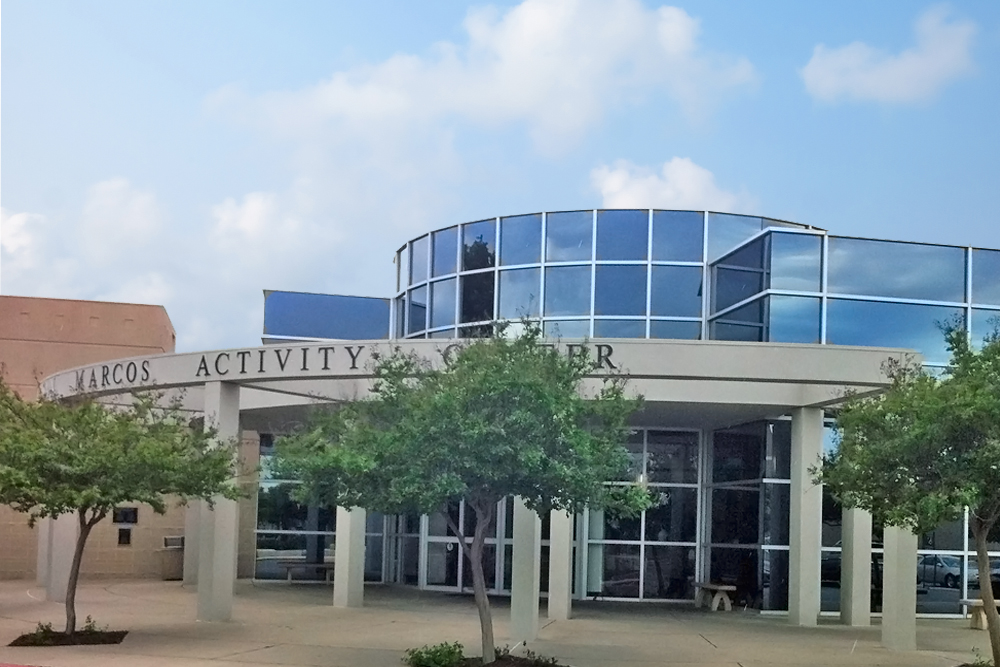
June 1 marked the first day of hurricane season
Austin, TX – Hurricanes are traditionally not a direct threat for residents in Central Texas; however, the effects as they reach the Gulf Coast can undoubtedly be felt by many in the region during hurricane season.
As hurricanes move inland, storms that spinoff can produce significant flooding, hail, strong winds, and tornadoes that result in severe damage.
“While we don’t necessarily prepare for hurricane season in the same way as the Gulf Coast region, the weather produced by hurricanes can still have a significant impact on our community,” the Director of the City of Austin Office of Homeland Security and Emergency Management, Juan Ortiz, said. “We need individuals to plan and prepare now, ahead of potential severe weather, and not after the fact. Emergency preparedness not only saves lives but makes our community that much more resilient.”
Make a plan, build a kit, and stay informed
Make a Plan — Make an emergency plan for your household and practice it once a year. It is vital to be emergency prepared by knowing and sticking to a plan – emergency kits and warnings don’t help without a plan for when and how to take action. Residents should:
- Know if they are in a flood-prone area – flash flooding is the biggest threat for Austin when a hurricane reaches the Gulf Coast.
- Learn evacuation routes – know where to go and how to get there as familiar roads may be blocked or flooded.
- Keep essential documents gathered and prepared if immediate evacuation is needed.
Build a Kit — Residents should build an emergency kit with proper supplies before the disaster happens. When creating an emergency kit, it is important to prepare up to potentially seven days and include items such as:
- Water (one gallon per person per day for drinking and sanitation)
- Food (non-perishable food), and manual can opener
- Basic first-aid kit and 7-day supply of medications/medical items
- Pet supplies (leash, collar, food, water, and documents)
- Important documents in a watertight bag, and family/emergency contacts
- Cell phone, chargers, flashlight, and extra batteries
- Battery-powered or hand-crank radio and a NOAA Weather Radio with tone alert
- Sanitation/personal hygiene items and blankets
- Wrench or pliers (to help with the turning of utilities or other items)
Stay Informed — While having a plan and an emergency kit are essential steps, staying weather-aware is critical to emergency preparedness. Residents should ensure they can receive alerts to know if they need to take immediate action.
Warn Central Texas, a 10-county regional notification system established by the Capital Area Council of Governments, is a free system that provides warnings and other critical information through text, phone, and email to residents for their neighborhood.
Preparation is at the forefront this season after the 2020 hurricane season produced a record number of hurricanes and a devastating Category 4 that significantly damaged many homes and properties along the Gulf Coast.
Director Ortiz added, “If our community remains resilient during natural disasters by being emergency prepared, we are in a much better position to be able to help other communities as we saw during Hurricane Laura by being able to shelter over 3,000 evacuees.”
Preparing for Hurricane Season: Ready.gov
The U.S. Department of Homeland Security hosts Ready.gov to share information to help you prepare for disasters. For hurricanes, they recommend the following steps to prepare your home for a hurricane and stay safe during the storm:
- Know your risk – hurricanes are not just a threat for beach towns and islands. Hurricanes can carry heavy storms and even cause tornadoes far inland from the storm.
- De-clutter drains and gutters and bring in outside furniture.
- Make an emergency plan and go over it with your family.
- Prepare to evacuate by knowing your evacuation routes, and where the nearest emergency shelter is.
- Keep your cellphone charged and consider using surge protectors for any electronics you may leave behind if you must leave your home.
- Gather enough supplies for your family in case you can’t re-supply for days or weeks after the hurricane.
- Cut down or trim trees close to your home and clear your yard of large branches that could be carried by the wind.
It’s also important to know how to get information about storms heading your way. Download the FEMA mobile app to receive notifications from the National Weather Service for your location. Sign up for community alerts and listen to the National Oceanic and Atmospheric Administration Weather Radio for emergency notifications in your area. Make sure to read the latest COVID-19 guidance from the Centers for Disease Control and Prevention and consider how the pandemic may affect your planning.
Resources Available to You
Benefits.gov offers information on many programs to help if you have been affected by a hurricane or any other type of disaster. The Disaster Relief category includes the following relief programs:
- Disaster Assistance and Emergency Relief Program
- National Flood Insurance Program
- Disaster Unemployment Assistance
- Home and Disaster Property Loans
DisasterAssistance.gov provides even more information on hurricane preparation and recovery. DisasterAssistance.gov has up to date resources for recent disasters. You can apply for aid directly on the website, as well as check the status of your application. As well, to check if you’re eligible for over 1,000 other benefits, use the Benefit Finder questionnaire on Benefits.gov.
For the latest information on emergency aid and disaster areas, visit DisasterAssistance.gov and take the Benefit Finder on Benefits.gov to determine your eligibility for disaster relief.






